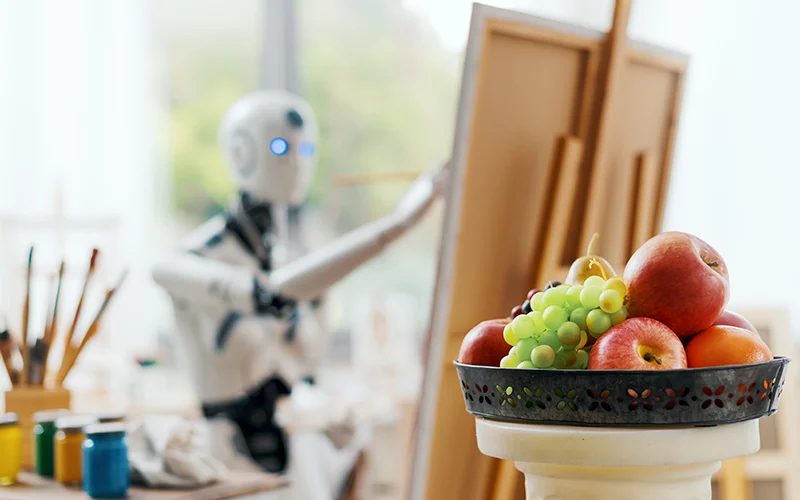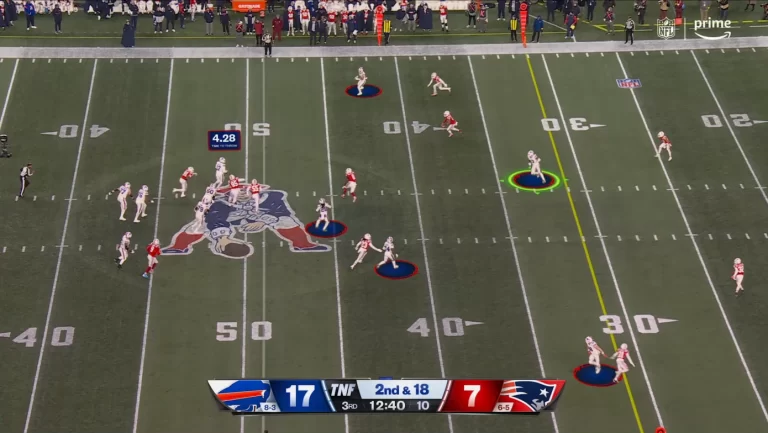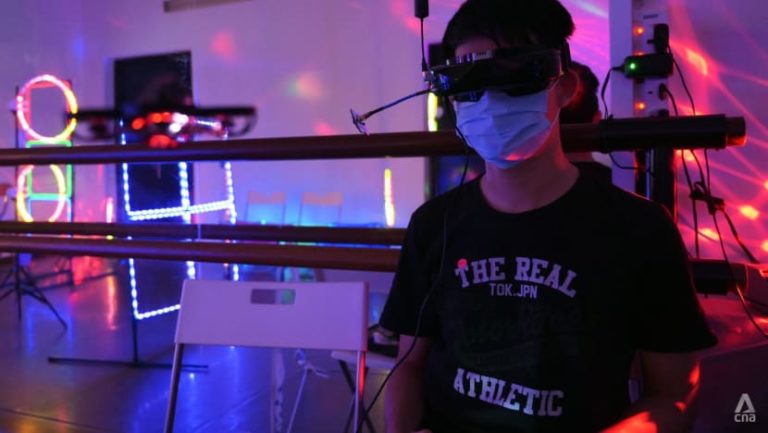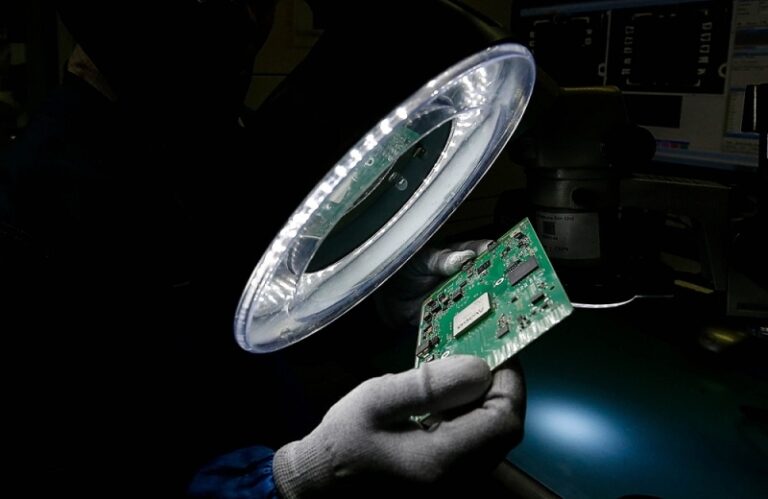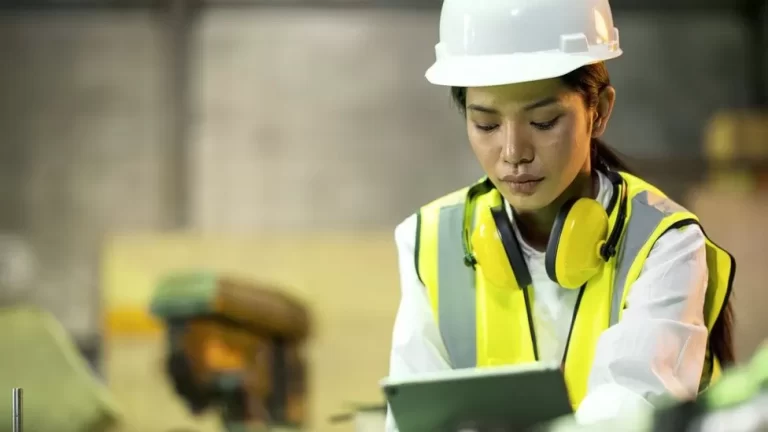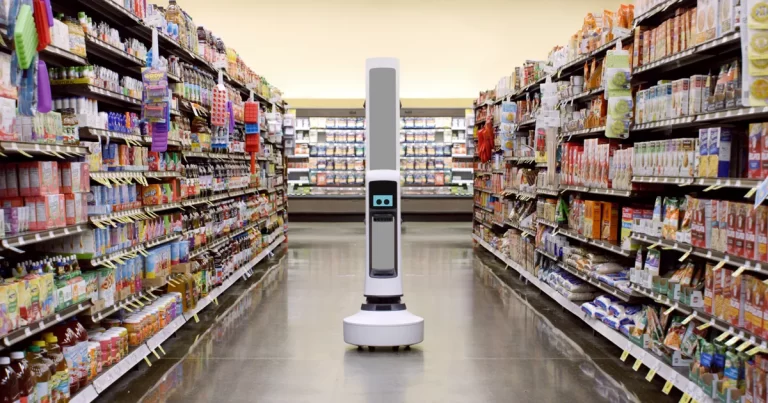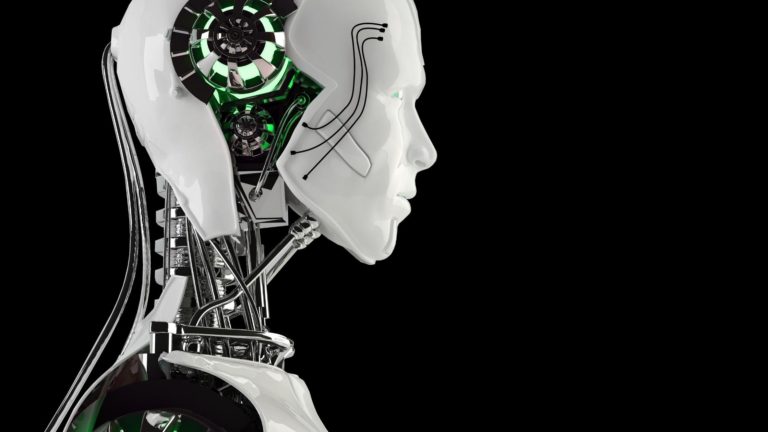AI-produced artworks no match for those by ‘real’ artists
By ETX Daily Up – Aug 15, 2023
A version of this article was first published on FreeMalaysiaToday
PARIS: Artificial intelligence programmes like Midjourney, DALL-E and Stable Diffusion are enjoying great success thanks to their ability to create images from a few lines of text.
Their creations impress as much as they raise questions, leading to fears that AI could one day replace human artists. A preconceived idea that a new study serves to qualify.
This scientific paper was recently published in the journal Cognitive Research: Principles and Implications. It was written by researchers from Duke University (USA), Waterloo University (Canada), Cambridge University (England), Vanderbilt University (USA), Sheridan College (Canada) and California College of the Arts (USA).
This research set out to determine whether people have a preference for the works of art created by their fellow human beings, or whether those created by artificial intelligence can steal the show.
To do this, the scientists conducted two experiments. The first consisted in showing 30 algorithmically designed images to 149 volunteers.
They were asked to rate them according to various criteria (personal preference, beauty, depth, etc.). But some of the images were presented to them as the work of real artists, not artificial intelligence.
An important subtlety, since the researchers found that participants in this study tended to give higher marks to images created by their human counterparts than to those by AI.
Their preference for “human” art was particularly pronounced when criteria such as the aesthetic and conceptual values of the works analysed were taken into account.
This experiment highlighted the existence of an “anti-IA bias” in the appreciation of a work of art.
This phenomenon may be linked to the fact that “peoples’ preferences for art increase as their beliefs about the amount of effort that went into creating a piece of art increase,” the research team explains.
To test this hypothesis, the scientists conducted a second experiment with 148 participants.
Again, they were asked to rate the same 30 images. But they had to take into account more criteria, such as the emotion aroused by contemplating the artwork, the story it conveys, as well as the perceived effort and estimated time required to create it.
The volunteers were also asked to complete various questionnaires to assess their cognitive abilities, their empathy, their opinion about creativity and their attitude to artificial intelligence.
In line with their previous findings, the researchers noted that participants in the second experiment tended to prefer works of art created by human beings to those created by artificial intelligence.
But this tendency was reversed for more strongly narrative images produced by algorithms, i.e. those that tell their own story.
“In other words, imagined backstories helped to overcome biases against machine-made products,” the scientists note in their paper. Further research is needed to support this conclusion, given that people still have a very fragmented view of the art produced by artificial intelligence.

